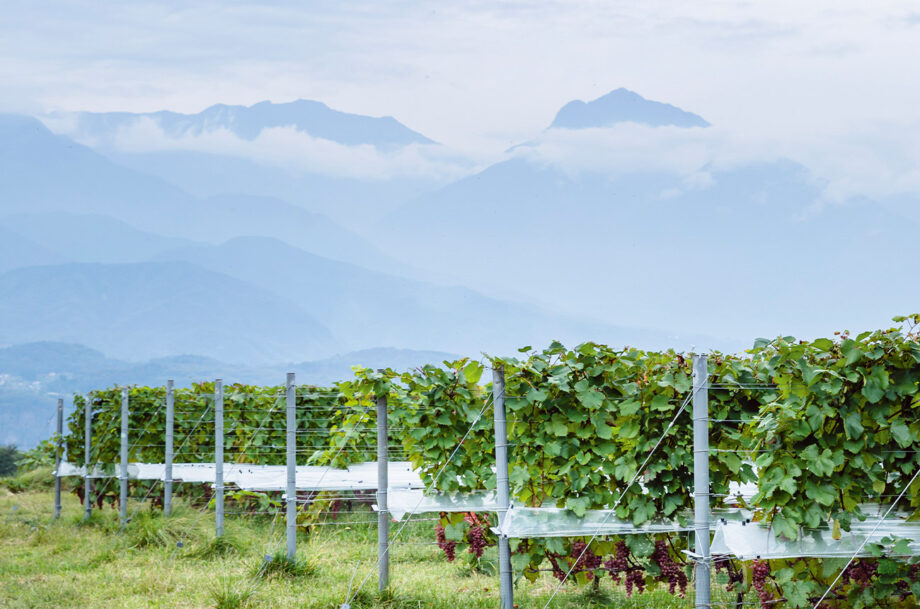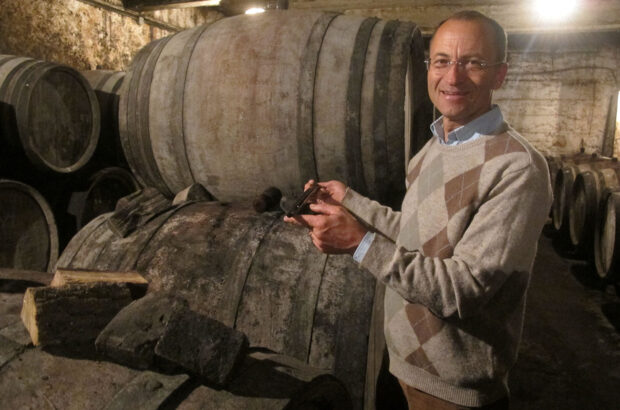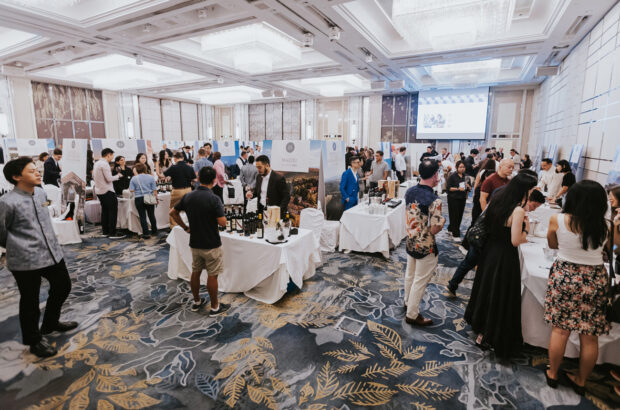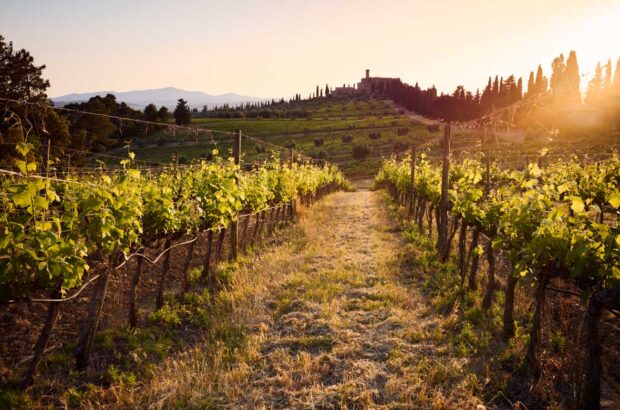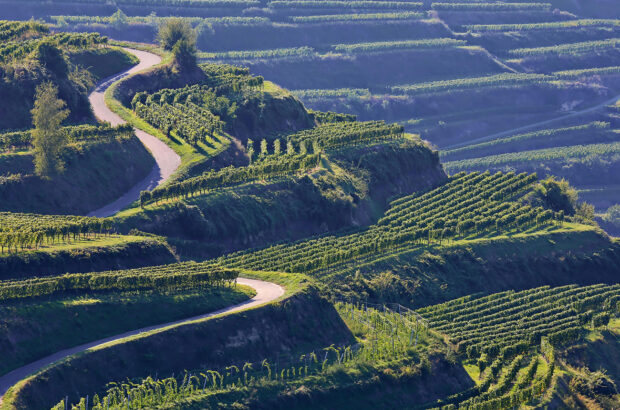Inland, west of Tokyo, lies the landlocked prefecture of Yamanashi. It’s famous for three things: the majestic Mount Fuji, delicious fruit (especially peaches and table grapes) and Japan’s unique grape variety, Koshu. (Koshu means ‘grape of Yamanashi’). It’s no surprise that the first ever Japanese wine to be chosen as a Top 50 Best in Show at the Decanter World Wine Awards (in 2024) was a Koshu (see Koshu: Meet the winemakers creating modern expressions of Japan’s ancient grape ). Japan’s oldest grape variety has earned its place amongst the world’s fine wine varieties, with a distinct character and sense of place.
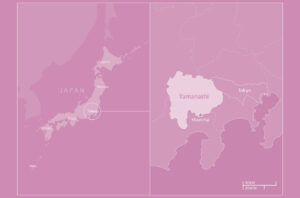
An hour and a half outside Tokyo lies the wine world’s best-kept secret: prefecture of Yamanashi – the home of the Koshu grape and its wines. Credit: Koshu of Japan.
Diverse by nature
Koshu has come of age, and a new generation of winemakers is expressing the diversity of their terroirs, focussing on viticulture. Diversity is the keyword. The vineyards rise from 200 metres up to 700 metres towards the mountains that enclose the region. The soils vary across clay, granite, gravel and andosols, soils of volcanic origin. Mount Fuji is the iconic example of Japan’s volcanic landscape. Aspects and slopes vary considerably in an area which has the longest sunshine hours in Japan.
The climate is challenging, with hot summers and summer rains with the risk of typhoons. Humidity is a constant in the summer risking mildew. Fortunately the thick-skinned, pinky-red Koshu grape is able to withstand disease pressure. The traditional pruning method is the pergola. The overhead network of leaves protects the bunches underneath from the summer rain. Koshu is a vigorous vine and this form of pruning also controls the growth. More recently some producers are working successfully with vertical shoot positioning, notably Grace.
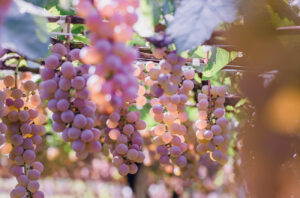
Japan’s oldest grape variety, Koshu is a thick-skinned, pinky-red grape, that is highly resistant to disease pressure. Image supplied by Koshu of Japan.
The wine styles are as diverse as the terroirs. Koshu itself has a pristine, delicate, aromatic elegance with notes of melon and pear, fresh with well-balanced alcohol. Some producers like to highlight its citrus character. Lees-aged Koshus have a round, softness. Oak-aged Koshus can have more complexity. Increasingly popular are skin contact, ‘orange’ Koshus, which have increased texture in the mouth, and are versatile for food matching. There’s also sparkling Koshu. What is becoming very clear is that the best Koshus have excellent potential for ageing. Yamanashi is not just Koshu: also explore the reds and rosés. There is a tradition of Bordeaux varieties, while Petit Verdot and Syrah both show real promise.
Visiting Yamanashi
Koshu country is an easy journey from Tokyo (90 minutes by train). There is a good selection of hotels in the region, and it’s easiest to visit the wineries by car. Visit the Daizenji temple, said to be the home of Koshu, and Miyakoen the first winery in the region (1896). Eat out and discover how well Koshu matches with classics like sushi and tempura, as well as a range of fish dishes.
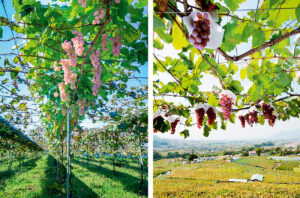
Many Koshu wineries use the traditional pergola training system and traditional wax paper ‘hats’ protect grape bunches from rain and sun. Images supplied by Koshu of Japan.
Koshu of Japan
Koshu of Japan (KOJ) was created in 2009 in Yamanashi Prefecture to promote Koshu and build international recognition for this unique variety. There are nine members:
Katsunuma Jozo (Aruga Branca Wine)
Discover Koshu: Meet the winemakers creating modern expressions of Japan’s ancient grape for their individual stories.



